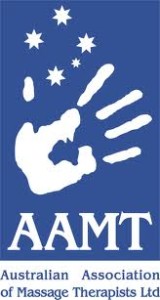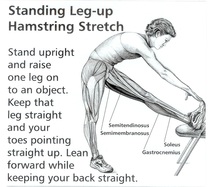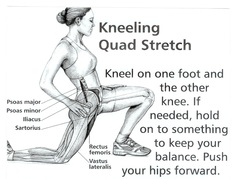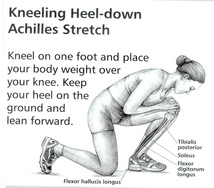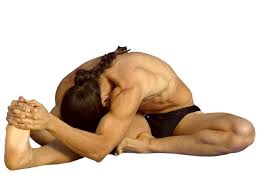About 70% of my clients have muscular issues that relate to their posture. So it’s time to change the way you look & feel.
Slumping your shoulders doesn’t just make you resemble one of our long-extinct ancestors— if you don’t stand up straight, no amount of exercise will give you the hot bod you’re after.

Here’s why: Over time, poor posture takes a serious toll on your spine, shoulders, hips, and knees. In fact, it can cause a cascade of structural flaws that lead to back and joint pain, reduced flexibility, and compromised muscles, all of which limit your ability to burn fat and build strength.
But you can head off all these problems by taking this simple self assessment.
Self assess your posture
Wear something form-fitting and take two full-body photos—one from the front, one from the side. Relax your muscles and stand in your ‘default’ position, feet hip-width apart. Do not try and stand in a good posture yet! You need to see your current posture in all its glory.
1 Look at your ear. If it’s in front of the midpoint of your shoulder, your head is too far forward.
2 Can you see your shoulder blade? That means your back is too rounded.
3 If your hips tilt forward and you have a belly (even if you don’t have an ounce of fat on your body) and your lower spine is arched significantly, this means you have an anterior pelvic tilt.
4 Look at your shoulders. One shouldn’t appear higher than the other.
5 Check out your kneecaps. Do they point inward, causing your knees to touch when your legs are straightened?
6 See if you’re duck-footed. Your toes will point outward more than 10 degrees.
Solution
1 FORWARD HEAD
The problem Stiff muscles in the back of your neck
The fix Moving only your head, drop your chin down and in toward your sternum while stretching the back of your neck. Hold for a count of five; do this 10 times a day.
2 ROUNDED SHOULDERS
The problem Weakness in the middle and lower parts of your trapezius (the large muscle that spans your shoulders and back)
The fix Lie facedown on the floor, with each arm at a 90-degree angle in the high-five position. Without changing your elbow angle, raise both arms by pulling your shoulders back and squeezing your shoulder blades together. Hold for five seconds. That’s one rep; do two or three sets of 12 reps daily.
3 ANTERIOR PELVIC TILT
The problem Tight hip flexors
The fix Kneel on your left knee, with your right foot on the floor in front of you, knee bent. Press forward until you feel the stretch in your left hip. Tighten your butt muscles on your left side until you feel the front of your hip stretching comfortably. Reach upward with your left arm and stretch to the right side. Hold for a count of 30 seconds. That’s one repetition; do three on each side.
4 ELEVATED SHOULDER
The problem The muscle under your chest (running from your ribs to your shoulder blades) is weak.
The fix Sit upright in a chair with your hands next to your hips, palms down on the seat, arms straight. Without moving your arms, push down on the chair until your hips lift up off the seat and your torso rises. Hold for five seconds. That’s one repetition; do two or three sets of 12 reps daily.
5 PIGEON TOES
The problem Weak glutes (butt muscles)
The fix Lie on one side with your knees bent 90 degrees and your heels together. Keeping your hips still, raise your top knee upward, separating your knees like a clamshell. Pause for five seconds, then lower your knee to the starting position. That’s one rep. Perform two or three sets of 12 reps on each side daily.
6 DUCK FEET
The problem Your oblique muscles and hip flexors are weak.
The fix Get into a pushup position with your feet resting on a stability ball. Without rounding your lower back, tuck your knees under your torso, using your feet to roll the ball toward your body, then back to the starting position. That’s one rep. Do two or three sets of six to 12 reps daily.

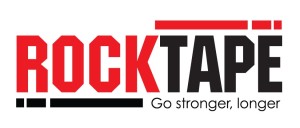

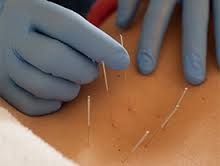

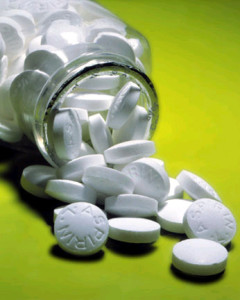 using pain relief medication to sooth your sore muscles then here’s some food for thought.
using pain relief medication to sooth your sore muscles then here’s some food for thought.
